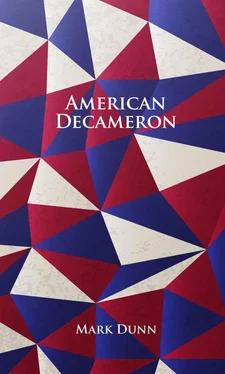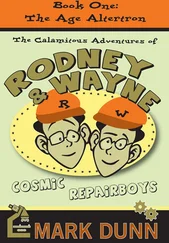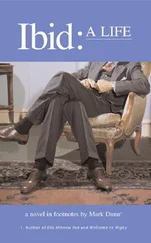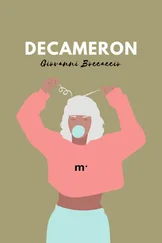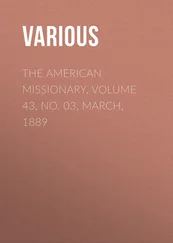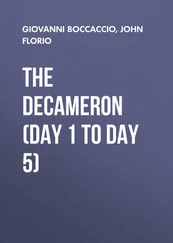The Sound of Music was released in 1965. It was enormously popular and succeeded in yanking its studio, Twentieth Century Fox, back from the brink of bankruptcy after the disastrous cost-overruns of the obscenely expensive Cleopatra , a film which, to add insult to injury, was then only tepidly patronized by a public that, unknown to the studio, had become bored with toga cinema.
By 1966, The Sound of Music had entered the world’s cultural consciousness. Its songs were covered by hundreds of popular singers. Community theatres throughout America were mounting productions of the movie’s original stage version. Story-wise, there was very little difference between the two versions. You had your seven Austrian children, who discovered that they could sing. You had your widowed father, a navy captain. And there was this nun with a guitar and a fine voice of her own. For a musical about singing songs, it is interesting to note that not all of the songs from the musical play are to be found in its Hollywood incarnation and vice versa.
It’s more than interesting, actually. It’s the reason for this story.
Besides being a sixth grade teacher at Eisenhower Elementary School in Pocatello, Idaho, Carla Willard was music director for the school’s annual Autumn Evening of Song. Carla had loved musicals since at sixteen she saw Judy Garland in the 1954 film musical A Star is Born sing about being born in a trunk in Pocatello, Idaho. Carla imagined herself being born in that same trunk right next to Judy, whose name in the movie was first Esther Blodgett, and then, thankfully, Vicki Lester, which didn’t sound as much like somebody throwing up.
Carla had seen Mary Martin play Maria Von Trapp on Broadway. She had delighted in Julie Andrews’ interpretation of Maria in the film. Delighted in it thirteen times, actually — all in the span of a month. Carla was understandably thrilled when Gilbert Greene, Eisenhower’s principal, agreed to allow Carla to pay tribute to The Sound of Music by having each of the school’s fifth- and sixth-grade classes sing a song from the musical for the autumn concert. She was even more excited to be given creative control over what songs would be sung, especially since this meant that she could choose in smorgasbord fashion songs from both the stage and film versions of the musical.
“So there’s a difference?” asked Greene, when Carla met with him in his office one morning in early October to go over her plans for the November concert. “I don’t understand.”
Carla took a sip of her Tab. Whereas most of her teaching colleagues had a cup of coffee or tea in the early morning to steel themselves to face their sometimes unruly pupils, Carla preferred the soft drink Tab, though her brother, a college chemistry professor, told her it contained cyclohexylamine, a known chemical toxin. (“When they take it off the market, I’ll stop drinking it, Wade. Right now it gives me a lift.”)
“Most of the songs are the same, Gil,” she explained to her principal, “but there are three in the stage version that are different from the film. And after Oscar Hammerstein died, Richard Rodgers wrote a couple of new songs for the movie.”
“Why can’t you just have the children sing the ones that everybody knows?”
“Because there are at least two absolutely gorgeous songs from the stage version that got dropped when they put the movie together, and I plan to right that wrong — at least with regards to one of them.”
Carla respected the point that her principal made, but she didn’t respect it enough not to choose a song from the stage version that very few members of her audience would know. It was called “No Way to Stop it.” It was sung mostly by Captain Von Trapp’s socialite girlfriend, Baroness Schräder, and the captain’s impresario friend, Max Dettweiler. Through the song the Baroness and Max try to convince the captain to show his support for the oncoming annexation of Austria into the Third Reich, because it would make things easier for him. The gist of the song is this: there are things that happen in this world that can’t be stopped, and it is easier to simply accept this fact than waste time fighting the inevitable. It was a philosophy that Carla didn’t necessarily comport with, but she liked the catchy tune. It made her smile. In 1948, the city of Pocatello had passed a law making it illegal not to smile. Including the song in the program, she circuitously reasoned, would help make her audience more law-abiding.
Carla’s brother Wade, the chemistry professor, didn’t necessarily dislike the tune when his sister played the song for him, but he took strong issue with its message.
“The sentiment’s pretty loathsome,” he stated without qualification over dinner that night.
“Still, I think it would be perfect for Mrs. Roesler’s class. They’re the mischief-makers among the sixth graders, just like Max and Baroness Schräder in the movie.”
“So what are you saying to those students, Carla? Accept everything that comes to you as ineluctable? Don’t bother trying to make any kind of difference in this world?”
“You’re overanalyzing, Wade. Should I stop Mrs. Beamer’s students from singing ‘Sixteen Going on Seventeen’ because not a single one of them is over the age of twelve?”
“I’m curious: are you putting ‘No Way to Stop It’ before or after ‘Climb Every Mountain’?”
“First of all, it isn’t ‘Climb Every Mountain.’ It’s ‘Climb Ev’ry— Ev’ry Mountain.’ Two syllables to fit the meter. Secondly, I haven’t come up with an order for the songs yet, and does it really matter?”
“I’ll say it matters. ‘No Way to Stop It’ is a cynical piece-of-shit song, so you’ll need something like ‘Climb Ev’ry Mountain’ afterwards to get the bad taste out of everybody’s mouths. See, the first song says, ‘Some things, like the Nazi plan for world domination, as evil as it was, are simply too big to fight.’ On the other hand, the old nun tells us in the other song to never stop climbing mountains and fording streams in the pursuit of our dreams.”
“Hitler had a dream too. It was pretty awful. So what’s your point?”
“My point is to put the fucking inspirational song after the fucking accommodationist song. Hell, Sis, I don’t know why you’ve got some of the kids singing ‘No Way to Stop it,’ anyway. There aren’t already ten good songs you could use?”
Carla shook her head. “Just nine. And there might just be eight if half of Mrs. Drexel’s class continues to refuse to do ‘Lonely Goatherd.’ She says the boys won’t sing it because she’s asking them all to pretend to be marionettes. The boys say they would rather eat fried monkey testicles than have to dance around on stage like they’ve got strings attached to their arms and legs.”
“The teacher gave them that choice?”
“You think this is funny, but it’s just making me depressed. We start rehearsals next week and Mr. Greene is sure he’s going to get calls from some of the parents of Mrs. Roesler’s students.”
It was worse than that. Several of the parents gathered together in Mr. Greene’s office on parent-teacher night a couple of weeks later to voice their objections in person. Mrs. Roesler, the teacher of the sixth-grade class whose children had drawn the short straw while other fifth and sixth graders were, for example, analyzing the problem that is Maria and listing all of their favorite things, was there as well. Even though Mrs. Roesler had only a single working eye, one got the uncomfortable feeling that the other eye — opaque and stationary though it might be — was still honing in and making critical judgments.
Читать дальше
